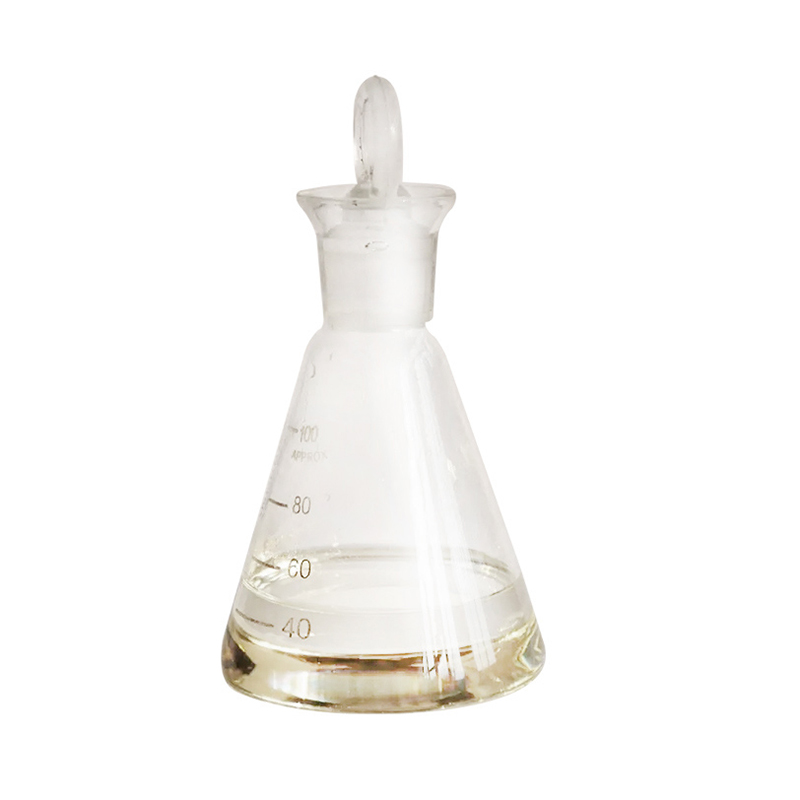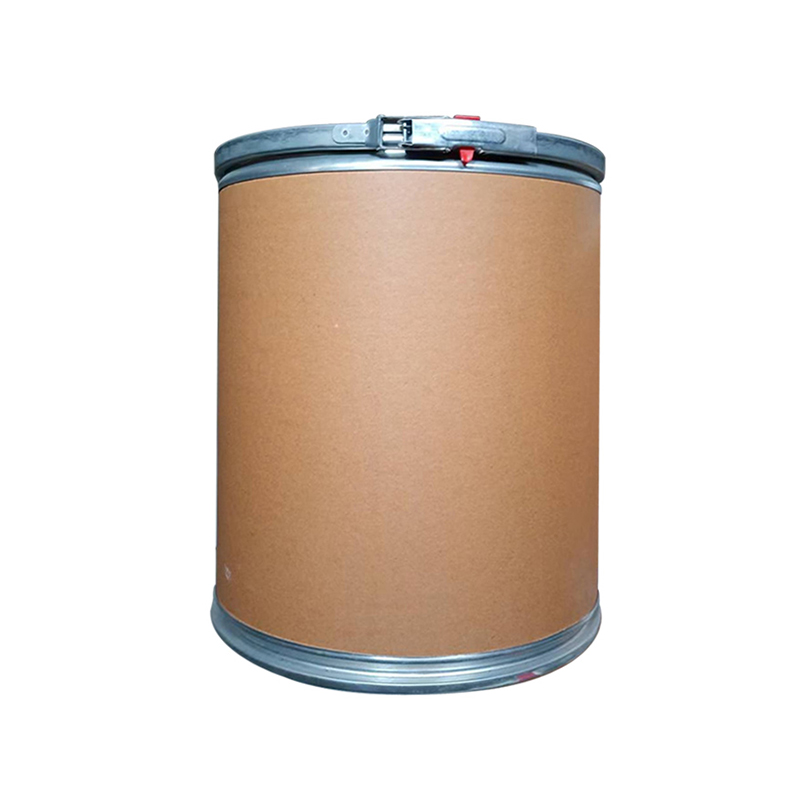-

Gorąca rdzennica z żywicą furanową stosowana jako spoiwo piaskowe (rdzeń) do odlewów ze staliwa, żeliwa i metali nieżelaznych
Właściwości fizyczne:
Rdzenie z żywicy furanowej typu MFR charakteryzują się wysoką wytrzymałością, słabym zapachem, niską emisją gazów i stabilną pracą.
-

Poliakrylamid niejonowy
Poliakrylamid niejonowy
Niejonowy poliakrylamid jest szeroko stosowany w przemyśle naftowym, metalurgicznym, energetycznym, chemicznym, węglowym, papierniczym, drukarskim, skórzanym, farmaceutycznym, spożywczym, budowlanym itd. do flokulacji i procesów separacji ciała stałego od cieczy. Jest również szeroko stosowany w przemysłowym oczyszczaniu ścieków.
-

Środek utwardzający na bazie kwasu sulfonowego do samoutwardzalnej żywicy furanowej
Właściwości fizyczne:
Jasnobrązowa, przezroczysta ciecz, temperatura krystalizacji ≤-15℃.
-

Poliakrylamid anionowy
Anionowy poliakrylamid jest szeroko stosowany w przemyśle naftowym, metalurgicznym, energetycznym, chemicznym, węglowym, papierniczym, drukarskim, skórzanym, farmaceutycznym, spożywczym, budowlanym itd. do flokulacji i procesów separacji ciało stałe-ciecz. Jest również szeroko stosowany w przemysłowym oczyszczaniu ścieków.
-

Poliakrylamid 90% do uzdatniania wody i zastosowań górniczych
Biały proszek lub granulat, który można podzielić na cztery typy: niejonowy, anionowy, kationowy i zwitterionowy. Poliakrylamid (PAM) to ogólne określenie homopolimerów akrylamidu lub kopolimerów z innymi monomerami. Jest to jeden z najszerzej stosowanych polimerów rozpuszczalnych w wodzie. Jest szeroko stosowany w eksploatacji ropy naftowej, uzdatnianiu wody, przemyśle tekstylnym, papierniczym, przetwórstwie minerałów, medycynie, rolnictwie i innych gałęziach przemysłu. Główne obszary zastosowań w krajach zagranicznych to uzdatnianie wody, produkcja papieru, górnictwo, hutnictwo itp.; Obecnie największe zużycie PAM przypada na pole wydobycia ropy naftowej w Chinach, a najszybszy wzrost występuje w polu uzdatniania wody i produkcji papieru.
-

Poliakrylamid 90% do zastosowań w eksploatacji ropy naftowej
Biały proszek lub granulat, który można podzielić na cztery typy: niejonowy, anionowy, kationowy i zwitterionowy. Poliakrylamid (PAM) to ogólne określenie homopolimerów akrylamidu lub kopolimerów z innymi monomerami. Jest to jeden z najszerzej stosowanych polimerów rozpuszczalnych w wodzie. Jest szeroko stosowany w eksploatacji ropy naftowej, uzdatnianiu wody, przemyśle tekstylnym, papierniczym, przetwórstwie minerałów, medycynie, rolnictwie i innych gałęziach przemysłu. Główne obszary zastosowań w krajach zagranicznych to uzdatnianie wody, produkcja papieru, górnictwo, hutnictwo itp.; Obecnie największe zużycie PAM przypada na pole wydobycia ropy naftowej w Chinach, a najszybszy wzrost występuje w polu uzdatniania wody i produkcji papieru.
-

Nowa generacja samoutwardzalnej alkalicznej żywicy fenolowej
Właściwości:
System nie zawiera szkodliwych dla odlewów pierwiastków: azotu, siarki, fosforu, szczególnie polecany do produkcji odlewów ze stali węglowej, stali stopowej, żeliwa sferoidalnego.
Może być wtórnie utwardzany w warunkach wysokiej temperatury i ma dobrą termoplastyczność, co może zmniejszyć pęknięcia termiczne, żyły i wady porów odlewów. Podczas procesu roboczego nie powstają żadne szkodliwe i drażniące zapachy, a środowisko pracy ulega znacznej poprawie.
-

Poliakrylamid 90% do zastosowań w przemyśle papierniczym
Biały proszek lub granulat, który można podzielić na cztery typy: niejonowy, anionowy, kationowy i zwitterionowy. Poliakrylamid (PAM) to ogólne określenie homopolimerów akrylamidu lub kopolimerów z innymi monomerami. Jest to jeden z najszerzej stosowanych polimerów rozpuszczalnych w wodzie. Jest szeroko stosowany w eksploatacji ropy naftowej, uzdatnianiu wody, przemyśle tekstylnym, papierniczym, przetwórstwie minerałów, medycynie, rolnictwie i innych gałęziach przemysłu. Główne obszary zastosowań w krajach zagranicznych to uzdatnianie wody, produkcja papieru, górnictwo, hutnictwo itp.; Obecnie największe zużycie PAM przypada na pole wydobycia ropy naftowej w Chinach, a najszybszy wzrost występuje w polu uzdatniania wody i produkcji papieru.
-

2-metylotetrahydrofuran szeroko stosowany w syntezie przypraw, nowych materiałów i tak dalej
Numer CAS: 96-47-9
Wzór chemiczny: C5H10O
-

2-metylofuran stosowany w produkcji witaminy B1, fosforanu chlorochiny i fosforanu prymachiny
Numer CAS: 534-22-5
Wzór sumaryczny: C5H6O
-

2-metylobutanal CAS NO.96-17-3 Dozwolone przyprawy do żywności
Nr CAS 96-17-3
Wzór cząsteczkowy: C5H10O
-

2-etoksynaftalenowe syntetyczne perfumy o delikatnym i trwałym kwiatowym zapachu
Numer CAS: 93-18-5
Wzór cząsteczkowy: C12H12O

